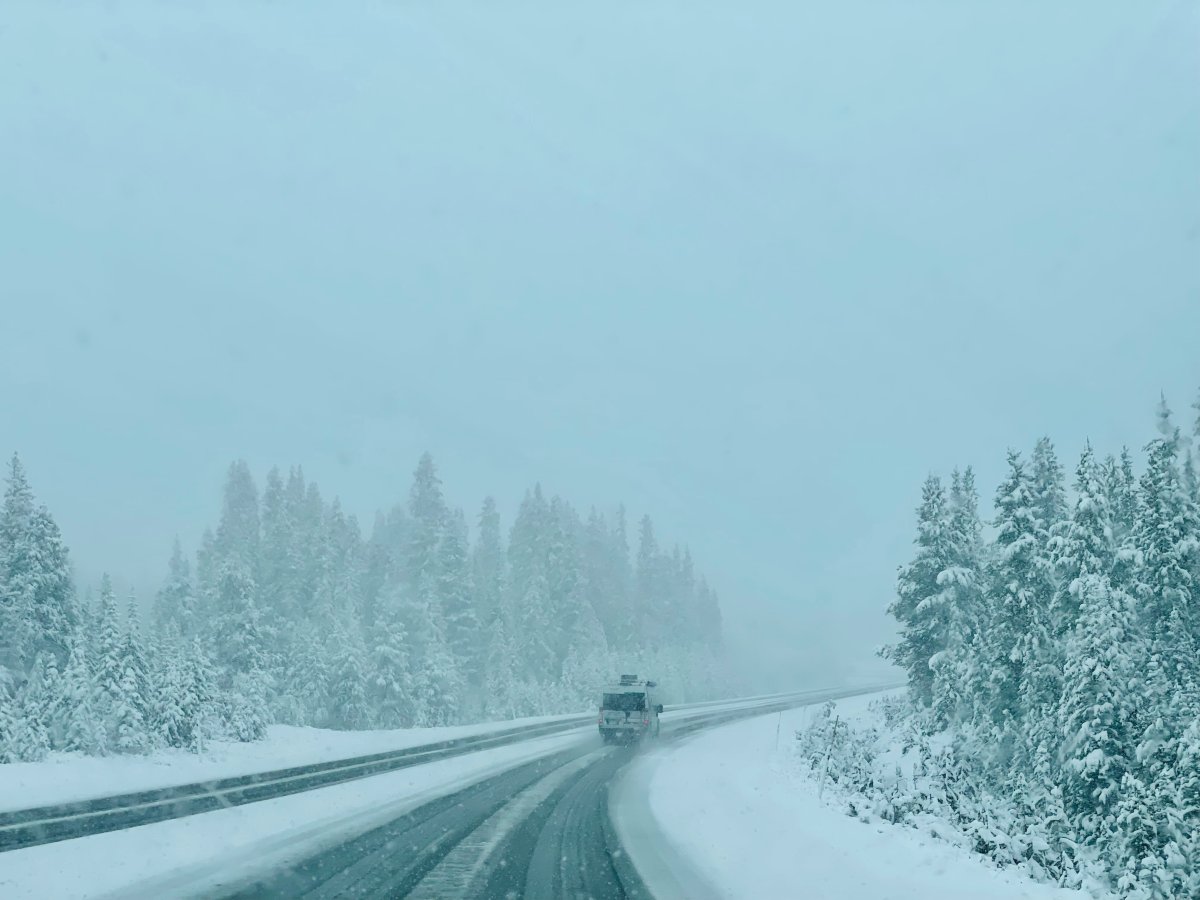Heavy rainfall in north and central Alberta will bring much-needed moisture for the wildfire fight in the province, but the situation may be more complicated.

Environment Canada issued heavy rainfall warnings for most of the area on Sunday, including Edmonton and Edson, where a wildfire is burning just 1.5 kilometres away from the town. It is more than 300,000 hectares in size as of Saturday, which is four and a half times the size of Edmonton according to Alberta Wildfire officials.
Long periods of heavy rain continue for north and central Alberta, Environment Canada said on its website. Widespread rainfall totals of 80 to 120 millimetres are expected, but some areas may see total amounts greater than 150 millimetres.
The heaviest rain will fall on Sunday through Monday and is forecasted to taper off on Wednesday, Environment Canada said.
Residents are asked to pay attention to potential flash floods and to avoid driving through water on roads. Shallow, fast-moving water across a road can sweep a vehicle or a person away.
While the rain may be welcome news to residents in the area, the Edson wildfire has altered topography in the area and will affect moisture absorption, according to Global Calgary’s weather anchor Jodi Hughes.
The destruction of foliage and ground material (leaves, grass, etc.) means there is nothing to slow the rate that rainfall reaches the surface, leading to less manageable absorption rates.
Wildfire ash on the surface can also be hydrophobic, Hughes said. This, along with topography changes, will produce more runoff.
Snow in parts of Alberta Sunday
Snow was also spotted near the mountain parks in western Alberta. A counter-clockwise low-pressure system is pushing up against the northern end of the Rocky Mountains, Hughes said, and more than 90 millimetres of snow is forecasted for the Jasper National Park area.
A photo sent in by a Global Calgary viewer showed snow and limited visibility on the highways from Bow Lake towards Jasper National Park.
Snow and ice were spotted in Aldersyde, Alta., a hamlet in Foothills County 25 kilometres south of Calgary.
- Province says only Canadians can vote in civic elections, despite Calgary city council motion
- Trans Mountain pipeline tolling dispute could stretch into mid-2025: Cenovus
- Man faces murder charge after ‘fatal domestic assault’ in northeast Calgary: police
- Fire at Calgary’s Ogden Block ‘really upsetting’ to group trying to save heritage building







Comments